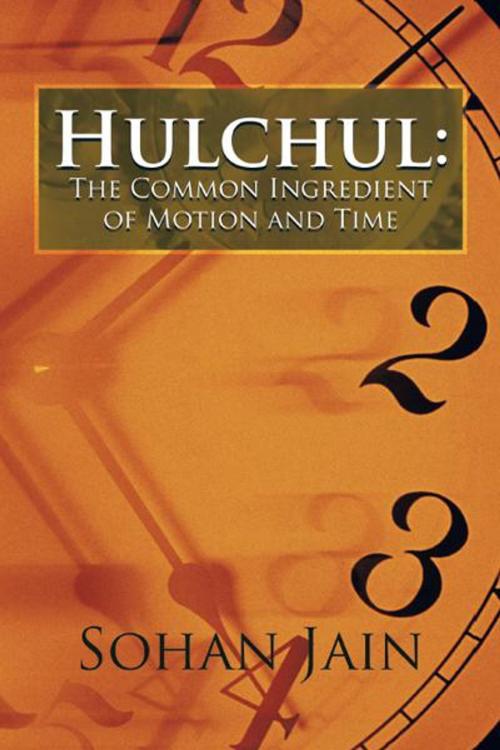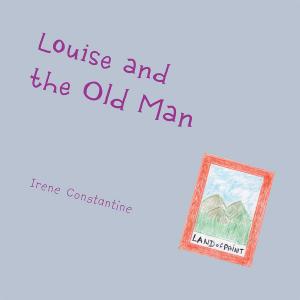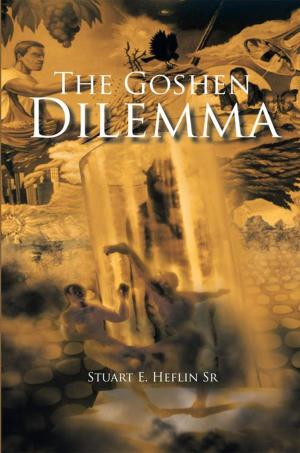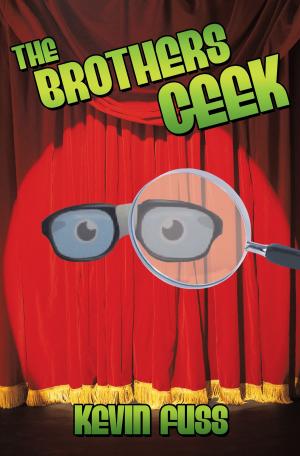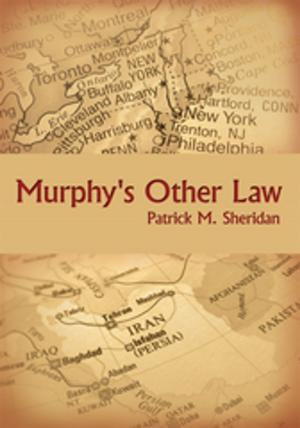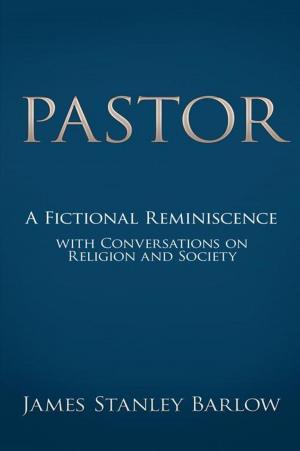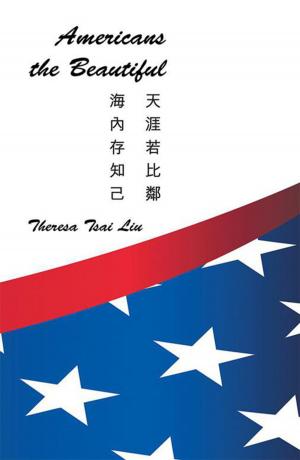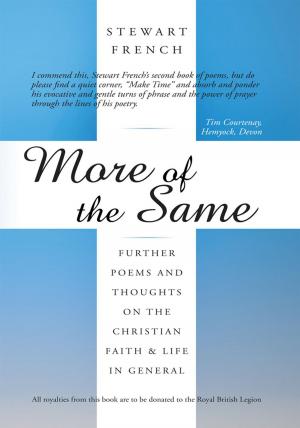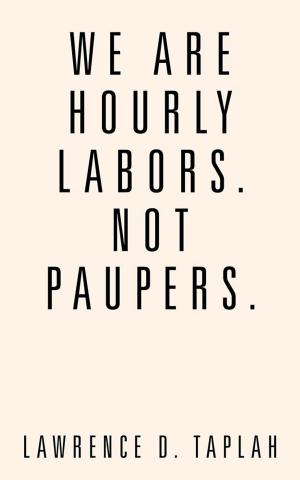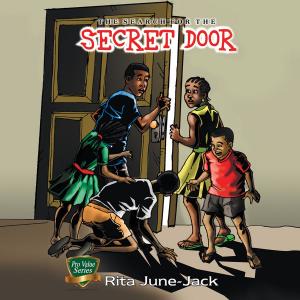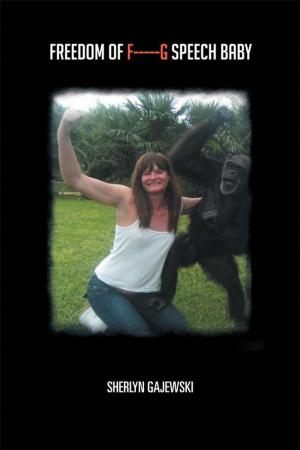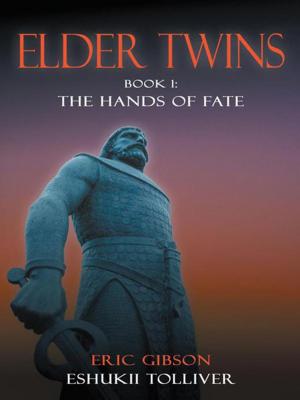Hulchul: the Common Ingredient of Motion and Time
Nonfiction, Science & Nature, Science, Physics, Mathematical Physics, Mathematics| Author: | Sohan Jain | ISBN: | 9781468562972 |
| Publisher: | AuthorHouse | Publication: | April 13, 2012 |
| Imprint: | AuthorHouse | Language: | English |
| Author: | Sohan Jain |
| ISBN: | 9781468562972 |
| Publisher: | AuthorHouse |
| Publication: | April 13, 2012 |
| Imprint: | AuthorHouse |
| Language: | English |
Hulchul: The Common Ingredient of Motion and Time
Author, Sohan Jain, proposes the following in the book:
Instants of Motion, Instants of Time and Time Outage: Just as time has instants of time, motion has instants of motion, too. Instants of time and motion can be divided into three classes: pure instants of time, pure instants of motion, and composite instants of time and motion. The sequences of the three types of instants are interspersed into a single sequence of their occurrences. A body does not experience time during pure instants of motion, a phenomenon we will call time outage -the cause of time dilation. Time outage is not continuous; it is intermittent.
Internal and external motion of a body and their inheritance: Each body has, generally, two kinds of motions: internal motion and external motion. A body goes, wherever its outer bodies go. An inner body inherits external motion of its outer bodies. An outer body inherits internal motion of its inner bodies. Photons and light do not inherit motion; may be, this is why their motions are independent of their sources.
Prime ticks, the building blocks of time and any motion: Motion of a common body is not continuous; it is intermittent. Any kind of motion is perceived to be made of discrete, indivisible tiny movements, called prime ticks (p-ticks). P-ticks are to motion what elementary particles are to matter or what photons are to light.
There is time only because there is motion. Prime ticks are events and imply motion. Events have concurrency, which implies time.
Total concurrency hulchul, a universal constant: Concurrency events of external and internal p-ticks of a body are precisely the instants of motion and time. The sum of the two is called the total concurrency hulchul (c-hulchul). Total c-hulchul is the same for all bodies.
The proposed theory possibly explains: Why a particle accelerator works. Why atoms have compartmentalized internal structure. Why lighter bodies, such as elementary particles and photons, have wavy straight motion rather than straight motion. The theory predicts: The sharing of an electron by two atoms is not continuous; it alternates between the two atoms.
Hulchul: The Common Ingredient of Motion and Time
Author, Sohan Jain, proposes the following in the book:
Instants of Motion, Instants of Time and Time Outage: Just as time has instants of time, motion has instants of motion, too. Instants of time and motion can be divided into three classes: pure instants of time, pure instants of motion, and composite instants of time and motion. The sequences of the three types of instants are interspersed into a single sequence of their occurrences. A body does not experience time during pure instants of motion, a phenomenon we will call time outage -the cause of time dilation. Time outage is not continuous; it is intermittent.
Internal and external motion of a body and their inheritance: Each body has, generally, two kinds of motions: internal motion and external motion. A body goes, wherever its outer bodies go. An inner body inherits external motion of its outer bodies. An outer body inherits internal motion of its inner bodies. Photons and light do not inherit motion; may be, this is why their motions are independent of their sources.
Prime ticks, the building blocks of time and any motion: Motion of a common body is not continuous; it is intermittent. Any kind of motion is perceived to be made of discrete, indivisible tiny movements, called prime ticks (p-ticks). P-ticks are to motion what elementary particles are to matter or what photons are to light.
There is time only because there is motion. Prime ticks are events and imply motion. Events have concurrency, which implies time.
Total concurrency hulchul, a universal constant: Concurrency events of external and internal p-ticks of a body are precisely the instants of motion and time. The sum of the two is called the total concurrency hulchul (c-hulchul). Total c-hulchul is the same for all bodies.
The proposed theory possibly explains: Why a particle accelerator works. Why atoms have compartmentalized internal structure. Why lighter bodies, such as elementary particles and photons, have wavy straight motion rather than straight motion. The theory predicts: The sharing of an electron by two atoms is not continuous; it alternates between the two atoms.
